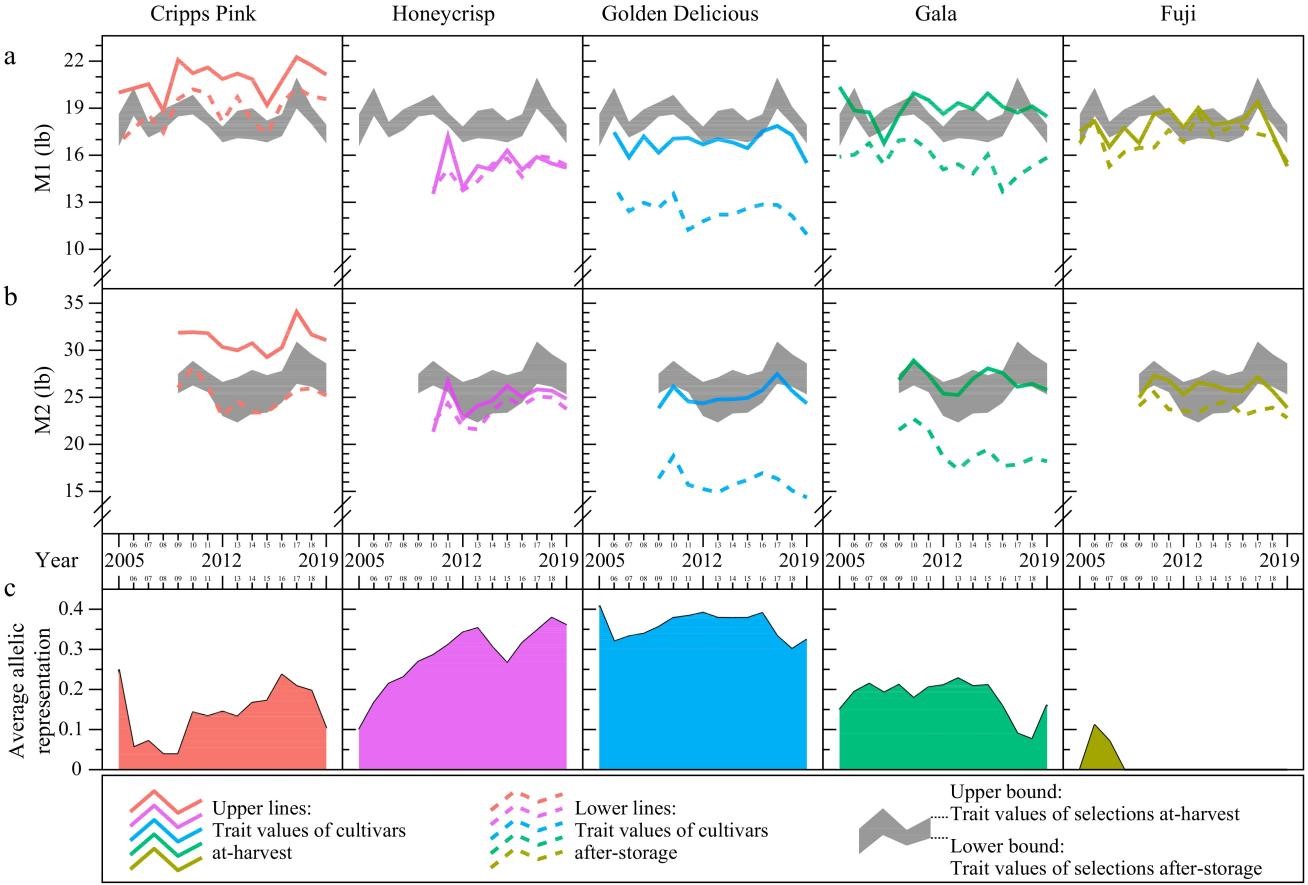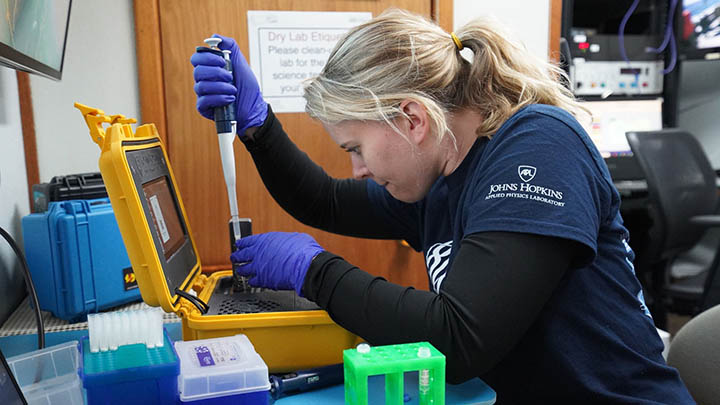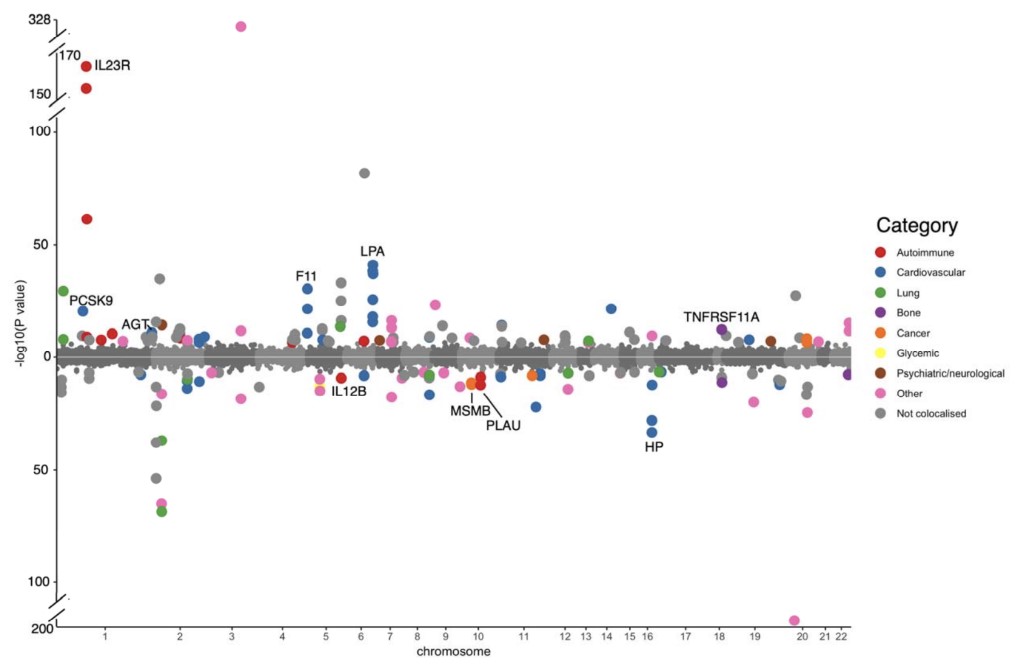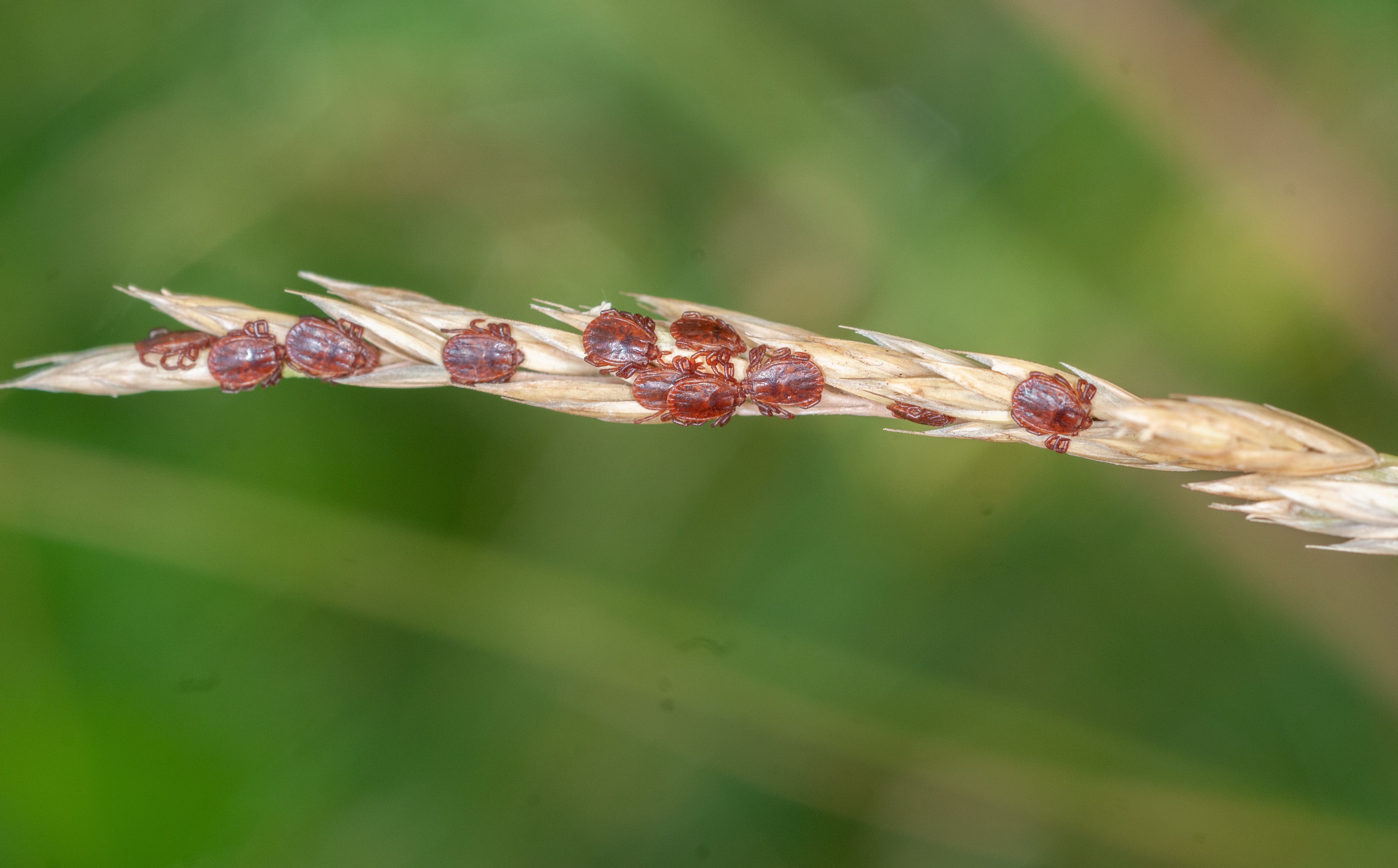A new study has uncovered the crucial role of the CsMYB67 gene in controlling flavonoid biosynthesis in tea leaves, compounds that give tea its bitter and astringent taste. This gene’s role in regulating flavonoid production in response to environmental stress offers valuable insights into tea plant biology and opens up avenues for enhancing tea quality through genetic modification.
Tag: genetic
Is comprehensive genetic testing worth it for patients with cancer?
Comprehensive gene panel testing, one of the exciting new tools in cancer diagnostics, warrants greater scrutiny — as does a federal program aimed at speeding up the review process for proposed new medical technologies. Those are conclusions of Yale medical experts who studied both and published a report in the Journal of the National Cancer Institute on Sept.
The hidden health risks of styrene and ethylbenzene exposure
A recent study conducted by the Department of Occupational and Environmental Health at Tongji Medical College, Huazhong University of Science and Technology, reveals a strong link between exposure to styrene and ethylbenzene, common air pollutants, and an increased risk of developing type 2 diabetes mellitus (T2DM).

It’s not your life span you need to worry about. It’s your health span.
We’re living much longer than our ancestors, but is that always a good thing?
With many people living well into our late 70s or beyond, more of us are also spending a greater portion of our lives—sometimes a decade or more—saddled with physical and mental health conditions that can make it challenging to accomplish the tasks of daily life.
Fruit of knowledge: genomic study illuminates mango’s heritage and future
A new study has mapped the genetic makeup of mango, revealing its genomic diversity and population structure that influence key agronomic traits. The research identifies genetic differentiation among mango populations and discovers candidate genes linked to flowering, fruit weight, and aroma compounds, essential for advancing mango breeding through genomic-assisted methods.
Blueprint for blueberry improvement: genetic and epigenetic discoveries
Recent research has uncovered significant genetic and epigenetic variations in blueberry cultivars, particularly between northern highbush (NHB) and southern highbush (SHB) blueberries. The study highlights gene introgression’s role in SHB’s adaptation to subtropical climates and identifies key genes, such as VcTBL44, associated with fruit firmness.
Tip Sheet: BRCA cancer risks for men, a new way to classify brain tumors, funding for bile duct cancer — and cancer care in LGBTQ+ communities
Below are summaries of recent Fred Hutch Cancer Center research findings, patient stories and other news.

Multi-Year Trends in Apple Firmness Retention Post-Storage and Cultivar Influence on Breeding Selections
A research team at Washington State University has demonstrated considerable advancement in enhancing apple firmness and its retention during cold storage, which is vital for fruit quality.
Against the odds: the genetic secrets of a rare conifer’s climate change defiance
In a remarkable twist of evolutionary adaptation, the rare Tibetan cypress, Cupressus gigantea, has shown unexpected genetic resilience. Despite facing the brink of extinction due to climate change and habitat loss, the species has experienced a significant reduction in harmful genetic mutations.
Prenatal ozone: a silent culprit in the battle against childhood obesity
Prenatal exposure to ozone is increasingly recognized as a potential risk factor for childhood obesity, with significant implications for public health. A new study investigates the association between ozone levels during pregnancy and the growth trajectories of children, offering insights into the early-life origins of obesity. The research found that a 10 μg/m³ increase in ozone concentration during pregnancy significantly raises BMI, weight-for-age, and weight-for-length Z scores in children. This exposure is linked to accelerated BMI gain and higher obesity risk in early childhood, highlighting the urgent need to address air quality to protect children’s health.
Soybean seed hardness demystified: key genes and networks uncovered
Soybean seed hardness, a key factor in consumer acceptance and vegetable soybean quality, has been elucidated through a comprehensive study. Researchers identified the genetic and molecular mechanisms influencing this trait, focusing on differential gene expression during seed development. The discovery of the GmSWEET2 gene as a significant regulator of hardness offers a pathway to enhance soybean texture, potentially revolutionizing the market with customized varieties to suit diverse consumer preferences.
Squeezing more flavor: genetic study optimizes citric acid in tomatoes
In a breakthrough that could redefine tomato flavor, a study has pinpointed the genetic markers that dictate citric acid (CA) levels — the cornerstone of a tomato’s taste and nutritional richness.
$2.6 million in grant funding to support research on genetic causes of blindness
Indiana University School of Medicine’s Yoshikazu Imanishi, PhD, was recently awarded a four-year, $2.1 million grant from the National Eye Institute and a three-year, $500,000 grant from the Foundation Fighting Blindness to study genetic causes of blindness.
Tea crop saviors: genomic insights into the tea grey geometrid’s survival strategy
In a breakthrough that could redefine tea crop protection, a new study has shed light on the genetic makeup of the tea grey geometrid, Ectropis grisescens. Through the re-sequencing of 43 genomes, scientists have mapped out the pest’s population structure and its remarkable adaptation to tea crops, offering new avenues for managing this agricultural adversary.
Spring awakening: genetic module key to tree peony bud resumption
Revealing the genetic secrets of tree peony buds’ seasonal revival, a crucial study has illuminated the role of the PsmiR159b-PsMYB65 module in steering the cellular mechanisms that dictate the shift from winter slumber to springtime sprouting, pioneering novel pathways in botanical research and gardening techniques.
Tomato triumph: unraveling the genetic loss of saline-alkaline tolerance
A pivotal study has identified a natural genetic variation in the promoter of the tomato gene SlSCaBP8 that has resulted in reduced saline-alkaline tolerance in modern tomato cultivars. This discovery is key to understanding the genetic basis of stress response and could guide future breeding programs to enhance crop resilience against soil salinization.
Citrus saviors: discovering the genetic defense against Huanglongbing disease
A recent study has pinpointed two key enzymes in Citrus sinensis that play a crucial role in the plant’s defense mechanism against the Asian citrus psyllid (ACP), a vector for the lethal huanglongbing (HLB) disease. This research offers a promising lead in the battle against a disease that has caused significant losses in the citrus industry.
Flower power: genetic insights into the Chrysanthemum’s architectural elegance
Researchers have made significant strides in understanding the genetic factors that shape the Chrysanthemum lavandulifolium’s inflorescence, with a particular focus on the cla-miR164-NO APICAL MERISTEM (ClNAM) gene’s regulatory functions. This study provides a foundation for advancements in the targeted breeding and genetic enhancement of this species.

Sea Surveillance
Off the southeastern tip of Greenland in mid-June, Hayley DeHart, a genomics and marine scientist at APL, disembarked Lindblad Expedition’s National Geographic Endurance — a 407-foot (124-meter) ice-cutting cruise ship — and stepped into a small Zodiac inflatable motorboat.
NIH Awards Coast-to-Coast Consortium $5.6 Million for All of Us Research Program
Researchers at the University of California San Diego have been awarded a $5.6 million grant to further their efforts within the All of Us Research Program, which aims to accelerate and promote equity in health research.
Sweet trade-offs: unraveling the genetic puzzle of strawberry flavor and yield
A recent study has unlocked the genetic secrets behind the sweetness of strawberries, a key factor in consumer preference. The research identifies key genetic markers that influence both the sugar content and yield of strawberries, offering a significant step forward in the breeding of sweeter, more productive varieties.
Unlocking the genetic blueprint of apples: shape and size traits unveiled
New genomic insights from researchers unveil critical genes influencing apple fruit size and shape. Through a comprehensive genome-wide association study, the study identifies several genetic markers linked to these traits, offering potential for enhanced breeding strategies.
Genetic analysis of rare, often deadly cervical cancer uncovers potential treatments
For the study, which involved patients from across the world, Yale Cancer Center (YCC) researchers at Yale School of Medicine (YSM) analyzed the genetic landscape of 66 tumors, the largest series of cervical NET ever reported in scientific literature.
Movement of crops, animals played a key role in domestication
Over the last 15 years, archaeologists have challenged outdated ideas about humans controlling nature. Writing in the Proceedings of the National Academy of Sciences, Xinyi Liu in Arts & Sciences at Washington University in St. Louis argues for a new conceptual bridge connecting the science of biological domestication to early food globalization.
Researchers make precious headway into a genetic form of Alzheimer’s disease
UC Santa Barbara researchers and collaborators in Colombia, Brazil and Germany are progressing toward an understanding of mechanisms that underlie Alzheimer’s disease, in particular an early-onset, genetic form that has afflicted generations of an extended family in Colombia.
Sister cells uncover pre-existing resistant states in cancer
Labeling cancer cells with genetic barcodes
“In ReSisTrace, we label cancer cells uniquely with genetic barcodes and allow them to divide once, so that we get two identical sister cells that share the same barcode.
Exploring the Unseen: Microbial Wonders in Earth’s Saltiest Waters
The study delves into hypersaline lakes in Xinjiang, China, exploring the genetic and metabolic diversity of microbial communities termed “microbial dark matters.”
Cancer drug shows promise targeting genetic weakness in some tumors, comments Virginia Tech expert
In an invited commentary, Kathleen Mulvaney, assistant professor with the Fralin Biomedical Research Institute at VTC, talks about the potential of a new drug that has shown early promise in clinical trials for solid tumors by killing cancer cells that lack specific tumor suppressor genes.

Ohio State researchers publish national guidelines for ALS genetic testing, counseling
Researchers at The Ohio State University Wexner Medical Center and led the creation of evidence-based consensus guidelines for genetic testing and counseling for patients with amyotrophic lateral sclerosis (ALS), a neurodegenerative disease that affects the cells in the brain and spine.
Anesthesiologists should play bigger role in perioperative care of people with Substance Use Disorders
As use and misuse of alcohol, opioids, and psychostimulants continues to increase, anesthesiologists can become a more integral part of the care team managing patients with a Substance Use Disorder (SUD).
Do Children Inherit Parents’ Stressful Experiences?
Scientists are discovering that a parent’s experiences can lead to changes in gene expression that are encoded in the sperm or egg and passed to offspring. In other words, there is a way in which offspring inherit the experiences of their parents. This is different than inheriting genes for brown or blue eyes. It’s more like inheriting genes that are switched on or off for the purpose of being better adapted to a particular environment.
Chula Researchers Develop a Rapid MTB Strip Test for Tuberculosis Hoping to Spread to Community Hospitals and Reduce the Number of Patients
Lecturers of the Faculty of Allied Health Sciences, Chulalongkorn University have developed MTB Strip Test Kit for Tuberculosis (TB) diagnosis that’s accurate and easy to use, guaranteed by the 2023 Invention Award from the National Research Council of Thailand (NRCT) — Another hope to reduce the spread of tuberculosis in Thailand.
Chula Medicine Reveals Innovative Detection of Latent Dementia A 10-Year Awareness May delay Alzheimer’s Onset in Elderly
Thai Red Cross Emerging Infectious Diseases Health Science Center, Faculty of Medicine, Chulalongkorn University has researched a blood test for markers of Alzheimer’s that can give a 10-year warning, so people can be prepared to slow down the development of dementia in old age.
Heart rhythm disorders: Mayo Clinic Healthcare expert shares 5 things it’s important to know
World Heart Day is Sept. 29 – Heart rhythm disorders are one of the most common cardiac problems. Arrhythmias cause the heart to beat too fast, too slow, or irregularly. People can be born with them or develop them during their lives.
Our genes shape our gut bacteria, new research shows
In the study, published recently in Science, researchers discovered that most bacteria in the gut microbiome are heritable after looking at more than 16,000 gut microbiome profiles collected over 14 years from a long-studied population of baboons in Kenya’s Amboseli National Park.
2021 Warren Alpert Prize Awarded to Two Scientists for RNA Discoveries
The 2021 Warren Alpert Foundation Prize has been awarded to scientists Lynne Maquat and Joan Steitz for seminal discoveries in the biology and function of RNA, the workhorse molecule of cells. Their discoveries have reshaped the understanding of RNA’s myriad roles in healthy cell function and in disease-causing dysfunction and have informed the conceptualization and design of RNA-based therapies in various stages of development.

Evolution drives autism and other conditions to occur much more frequently in boys, genetic researchers say
Evolutionary forces drive a glaring gender imbalance in the occurrence of many health conditions, including autism, a team of genetics researchers has concluded.
Drug-Induced Liver Injury, Translational microRNA Biomarkers, and More Featured in January 2021 Toxicological Sciences
in the January 2021 issue, Toxicological Sciences offers an engaging slate of research in toxicology, from endocrine toxicology and biomarkers to genetic and epigenetic toxicology and mixtures toxicology.

Big Differences in How Coral Reef Fish Larvae are Dispersed
How the larvae of colorful clownfish that live among coral reefs in the Philippines are dispersed varies widely, depending on the year and seasons – a Rutgers-led finding that could help scientists improve conservation of species. Right after most coral reef fish hatch, they join a swirling sea of plankton as tiny, transparent larvae. Then currents, winds and waves disperse them, frequently to different reefs.

Genetic variants linked to heart health in African American childhood cancer survivors
Scientists at St. Jude Children’s Research Hospital have identified genetic variants in African American childhood cancer survivors that have implications for up-front care and long-term surveillance.
Study on placenta membrane cells identifies new genetic markers associated with preterm birth
A new research study from the March of Dimes Prematurity Research Center led by investigators at the University of Chicago has identified new genetic markers associated with gestational length, providing new insights into potential risk factors for preterm birth.
How Did Red Algae Survive in Extreme Environments?
Red algae have persisted in hot springs and surrounding rocks for about 1 billion years. Now, a Rutgers-led team will investigate why these single-celled extremists have thrived in harsh environments – research that could benefit environmental cleanups and the production of biofuels and other products.

EMBARGOED: Genetic study of proteins is a breakthrough in drug development for complex diseases
An innovative genetic study of blood protein levels, led by researchers in the MRC Integrative Epidemiology Unit (MRC-IEU) at the University of Bristol, has demonstrated how genetic data can be used to support drug target prioritisation by identifying the causal effects of proteins on diseases.
The Gut Microbiome, CRISPR/Cas-9, and More Featured in August 2020 Toxicological Sciences
The August 2020 issue of Toxicological Sciences includes exciting advances in toxicology research. The edition features pieces on biotransformation, toxicokinetics, and pharmacokinetics; developmental and reproductive toxicology; and more.

Where Did the Asian Longhorned Ticks in the U.S. Come From?
The invasive population of Asian longhorned ticks in the United States likely began with three or more self-cloning females from northeastern Asia, according to a Rutgers-led study. Asian longhorned ticks outside the U.S. can carry debilitating diseases. In the United States and elsewhere they can threaten livestock and pets. The new study, published in the journal Zoonoses and Public Health, sheds new light on the origin of these exotic ticks and how they are spreading across the United States.

Researchers Say Genetics May Determine Wound Infection and Healing
In a first-of-its-kind study, researchers have determined that genetics may play a role in how wounds heal. Caleb Phillips, an assistant professor at Texas Tech University and director of the Phillips Laboratory in the Department of Biological Sciences, and doctoral student Craig Tipton led the study, “Patient genetics is linked to chronic wound microbiome composition and healing,” published Thursday (June 18) in the open-access, peer-reviewed medical journal PLOS Pathogens.

Researchers predict menopause will start later and possibly disappear as parents have kids later
As mothers continue having children later in life, it is inevitable that menopause will be delayed, and possibly cease to exist altogether, say researchers at McMaster University.

24th Annual Boe Forum Explores the Impact of Genetic Engineering on our Future
Augustana University and the Center for Western Studies announced Drs. Robert Green and Jamie Metzl as keynote speakers for the 24th Boe Forum on Public Affairs to be held at 7:30 p.m. on Monday, March 23, in the Elmen Center.This year’s forum, “Are We Ready? The Science, Ethics, and Geopolitics of Genetic Engineering and Preventive Genomics,” will examine the relationship between genetics and health, the ability to predict and thereby prevent disease, and the geopolitics of genetic engineering and genomics.